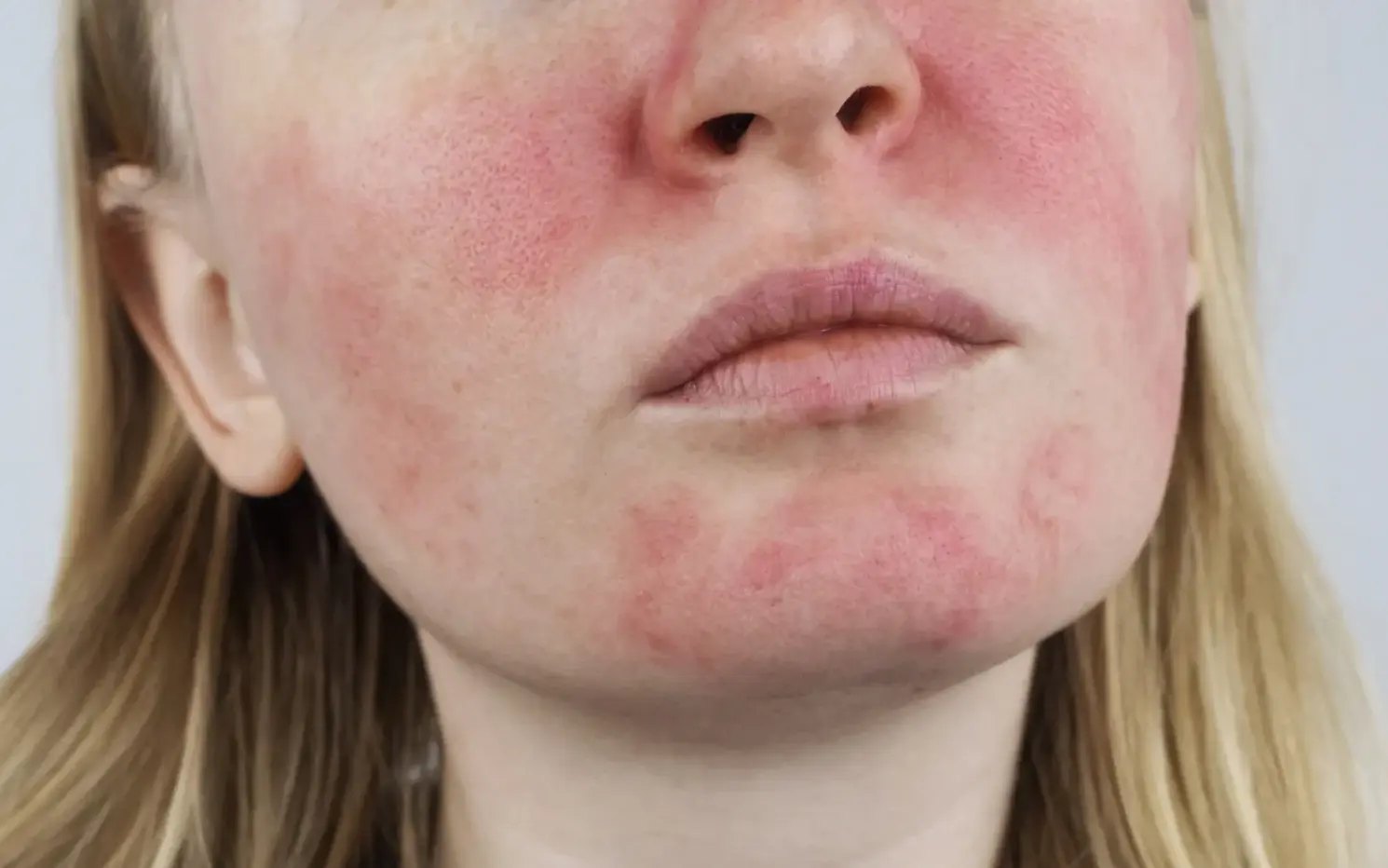Table of Contents
Combination skin can present a significant challenge in skincare management. It’s a bit of a mixed bag—some areas of your face might be dry, while others are oily. If you’ve ever looked in the mirror and wondered why your T-zone (forehead, nose, and chin) feels like an oil slick while your cheeks resemble a desert, you’re not alone. This post will break down what combination skin is, the pros and cons, and share practical tips to keep your skin balanced and happy.
What is Combination Skin?
Combination skin is exactly what it sounds like: a blend of different skin types on various parts of your face. Typically, this means you have:
- Oily Areas: The T-zone (forehead, nose, chin) tends to be oilier and more prone to breakouts.
- Dry Areas: The cheeks and sometimes the area around the eyes might feel dry, tight, or flaky.
This uneven distribution can make finding the right skincare products and routine a bit of a balancing act.
Pros of Combination Skin
- Flexibility in Products: You can often use a wider variety of products since you’re not strictly bound to one type of formulation. For instance, you can mix hydrating serums with oil-control lotions.
- Balanced Appearance: When managed well, combination skin can give a balanced look—neither too greasy nor too dry. This balance can sometimes give a healthy, glowing complexion.
- Less Prone to Extreme Issues: Combination skin tends to avoid some extremes of skin problems—less prone to the severe dryness of dry skin or the chronic acne of oily skin.
Cons of Combination Skin
- Product Conflicts: Finding the right products can be a challenge. A moisturizer for dry areas might aggravate oily spots, while a product meant for oil control might make dry areas worse.
- Maintenance Complexity: You need to tailor your skincare routine to address both dryness and oiliness, which can be more time-consuming and complicated.
- Inconsistent Results: You might see different results in different areas of your face, making it hard to gauge if a product is effective or if it’s the combination of products that’s making the difference.
Tips for Managing Combination Skin
- Use a Gentle Cleanser: Opt for a mild, sulfate-free cleanser that cleans without stripping your skin. Harsh cleansers can exacerbate dryness, while too gentle ones might not cut through excess oil.
- Hydrate Smartly: Look for lightweight, non-comedogenic (won’t clog pores) moisturizers. Gel-based or water-based moisturizers can provide hydration without adding extra oil to your T-zone.
- Exfoliate Regularly: Exfoliation helps remove dead skin cells that can clog pores and create dry patches. Opt for a soft exfoliator and incorporate it into your routine 1-2 times weekly.
- Targeted Treatments: Use different products for different areas. For instance, apply a mattifying primer on your T-zone and a hydrating serum on your cheeks.
- Balance Your Diet: Sometimes, what you eat can affect your skin. Eating a balanced diet rich in fruits, vegetables, and omega-3 fatty acids can help manage oil production and maintain hydration levels.
- Don’t Overdo It: Refrain from applying too many products all at once. Layering too many products can overwhelm your skin and disrupt the balance. Keep to a simple regimen and introduce new products one at a time.
- Stay Consistent: Consistency is key. Stick with a routine that works for you and avoid switching products too frequently. This helps your skin adapt and maintain balance over time.
Conclusion
Managing combination skin requires a bit of finesse, but with the right approach, it’s entirely doable. By understanding the unique needs of both oily and dry areas on your face, you can create a balanced skincare routine that addresses each concern without exacerbating the other. So, embrace the complexity of your combination skin and give it the care it needs to look and feel its best!
Feel free to share your favorite tips or products for managing combination skin in the comments below. Together, we can help each other reach that perfect balance!





